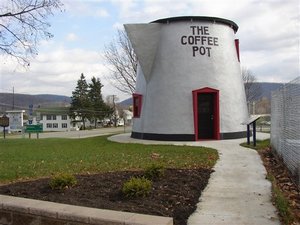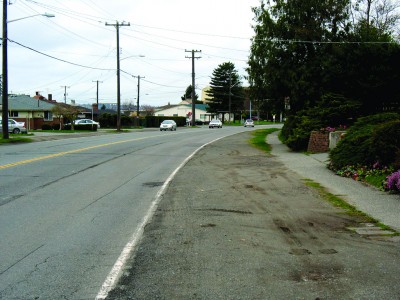 |
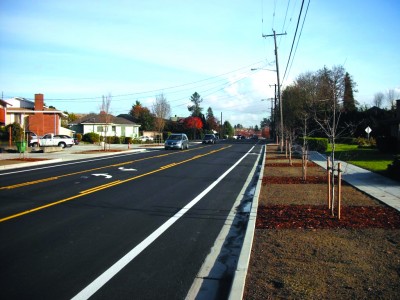 |
After getting thousands of phone calls, letters and messages from constituents, mayors, city councilmembers, health and business groups and others spanning the spectrum, the Senate moved three key amendments into the overall Senate bill yesterday, including one that will give local communities more control over their transportation dollars.
While there are other amendments that our coalition will continue to work on in the Senate, this is a huge victory and a terrific step forward for strengthening the MAP-21 bill. We want to thank Senators Boxer, Inhofe, Baucus and Vitter for accepting these amendments to improve the Senate bill.
Yesterday, we hosted T4 America partners who flew to Washington, D.C. from across the country as they spent the day meeting with their House and Senate offices to ask those elected leaders to a) improve and fix the House bill and b) support a handful of key amendments that would strengthen the Senate bill.
One of the primary goals was to get Senators to support the bipartisan Cardin-Cochran amendment that would restore local control and help make our streets safer.
Thanks to the hard work of Senators Cardin and Cochran and the outpouring of support from across the country from individuals and groups of all stripes, that message had been received by many offices we visited with T4 coalition members. All day in meetings with Senate offices, staff repeatedly noted they’d been getting an overwhelming number of phone calls, letters and emails for the last two weeks about the Cardin-Cochran amendment.
Mayors especially were letting their Senators know just how important it is for local communities to have direct access to a small amount of dollars to revitalize their main streets, make it safer for children to get to school, improve connections to their transit systems, and other small improvements that often fall between the cracks of the larger projects states tends to focus on. The amendment was supported by groups as diverse as the American Public Health Association, the National League of Cities, AARP, the American Heart Association, the National Rural Assembly and hundreds of others.
Thursday late afternoon, we got news that the Cardin-Cochran amendment (as well as two others — more on those in a moment) had been adopted into what’s known as the manager’s amendment package. Without going into too much legislative jargon, it’s basically a package of amendments that have been agreed upon by Committee leaders that are incorporated into the bill without requiring a vote on the floor.
Another bipartisan amendment sponsored by Senators Franken (D-MN) and Blunt (R-MO) included in this package would help repair more of our bridges by making the 180,000 federal-aid bridges not on the National Highway System eligible for a share of funds in the main highway program, keeping all of the road and bridge repair programs organized together. This gives states the power to decide which bridges are the most important to be fixed and fix them, rather than being required by the federal government to fix certain bridges while others go begging for the flexible funds that can be spent on transit, walking and biking or other uses.
The last notable amendment we’ve been supporting that was included would help protect metropolitan areas from losing the small bit of funding that they receive directly, sponsored by Senators Landrieu (D-LA) and Murray (D-WA). Under MAP-21 if states don’t spent their money wisely and fail to meet the performance goals and objectives, metropolitan areas won’t be punished or lose any portion of their transportation dollars. While we strongly support the performance provisions we believe it is important that metropolitan areas not be punished for the actions of the state department of transportation. This amendment addresses that issue.
Transportation for America thanks Senators Cardin, Cochran, Franken, Blunt, Landrieu and Murray for their work to help strengthen and improve the Senate transportation bill. Their work and that of each Senator’s staff has been invaluable and we really appreciate their efforts.
Information on the Senate amendments continues to be updated on our amendment tracker page.




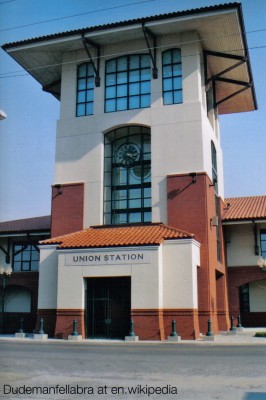
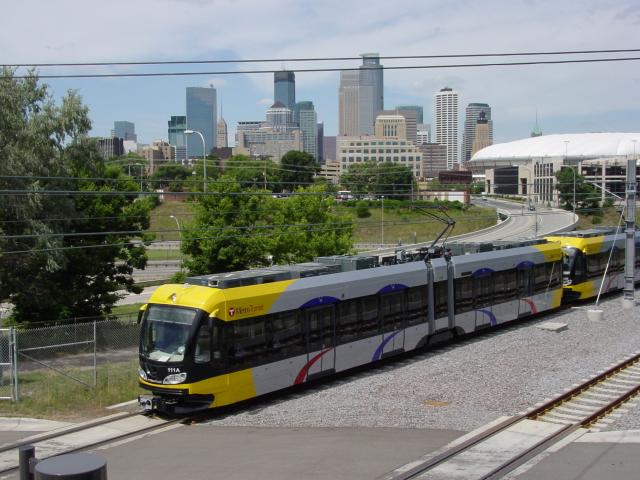
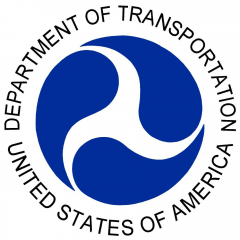
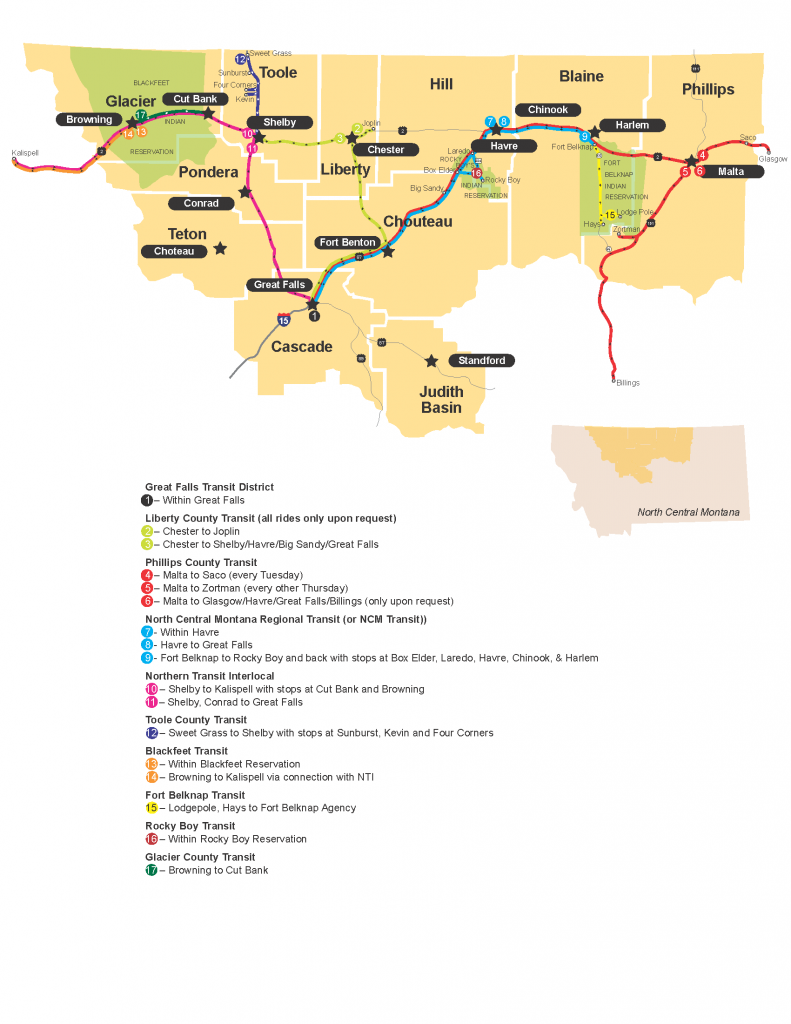


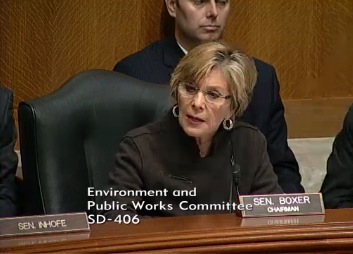
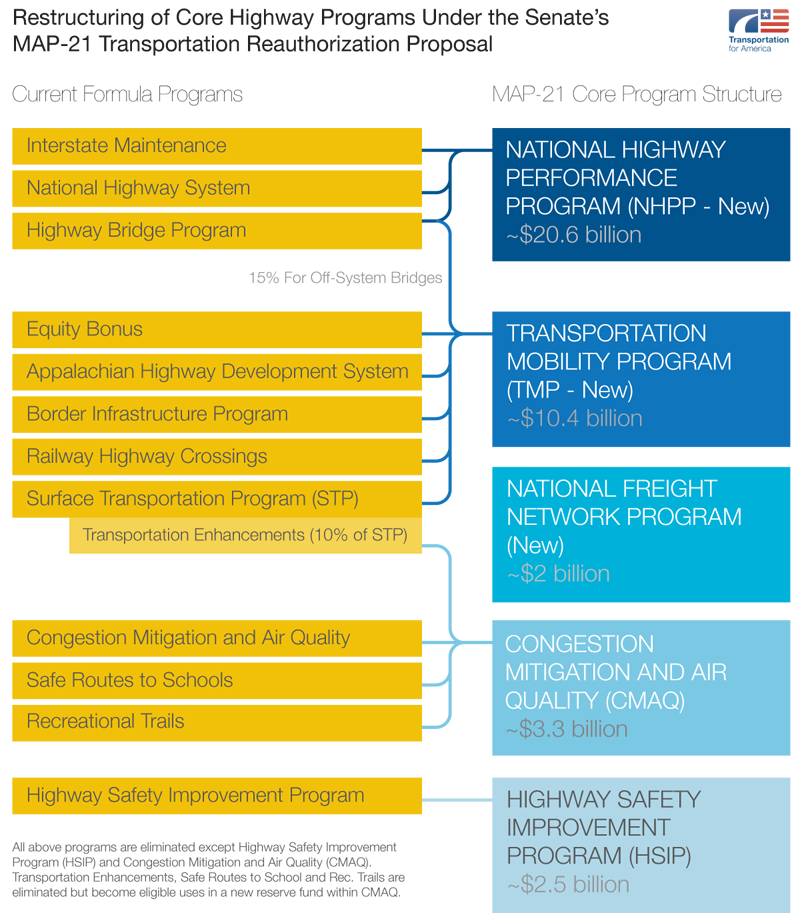
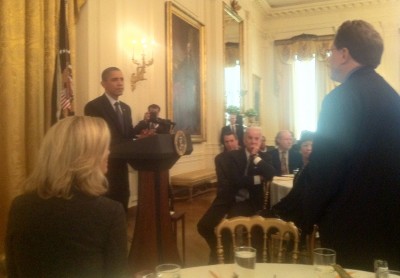 Brian Imus of Illinois PIRG, Scott Wolf of Grow Smart Rhode Island, and Arnold Weinfeld of the Michigan Municipal League (pictured, standing right) were invited guests of the President for his Monday working group meeting in the White House to talk about the urgent need for America to invest more dollars, wisely, in our aging transportation system.
Brian Imus of Illinois PIRG, Scott Wolf of Grow Smart Rhode Island, and Arnold Weinfeld of the Michigan Municipal League (pictured, standing right) were invited guests of the President for his Monday working group meeting in the White House to talk about the urgent need for America to invest more dollars, wisely, in our aging transportation system.